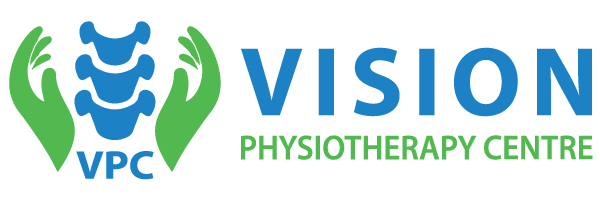What is Back Pain & Ratio
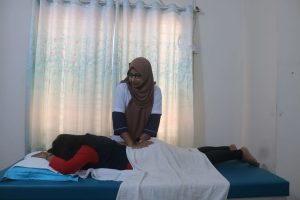
Lower Back Pain Symptoms
Dull or Sharp Pain in the Lower Back:
This is the most common symptom of lower back pain, and can range from a mild ache to severe, stabbing pain
Stiffness:
You may feel that your lower back is stiff, making it difficult to move or bend.
Muscle Spasms:
You may experience involuntary muscle contractions or spasms in the lower back, which can be painful and uncomfortable.
Limited Range of Motion:
Limited range of motion: Lower back pain can make it difficult to move or perform certain activities, such as bending over or lifting objects.
Numbness or Tingling:
You may feel numbness or a tingling sensation in your lower back, buttocks, or legs.
Weakness:
Lower back pain can weaken the muscles in your lower back, making it difficult to stand or walk for long periods of time.
Pain that Radiates Down the Leg:
This type of pain is called sciatica, and is caused by irritation or compression of the sciatic nerve, which runs from the lower back down to the legs.
Causes of Lower Back Pain
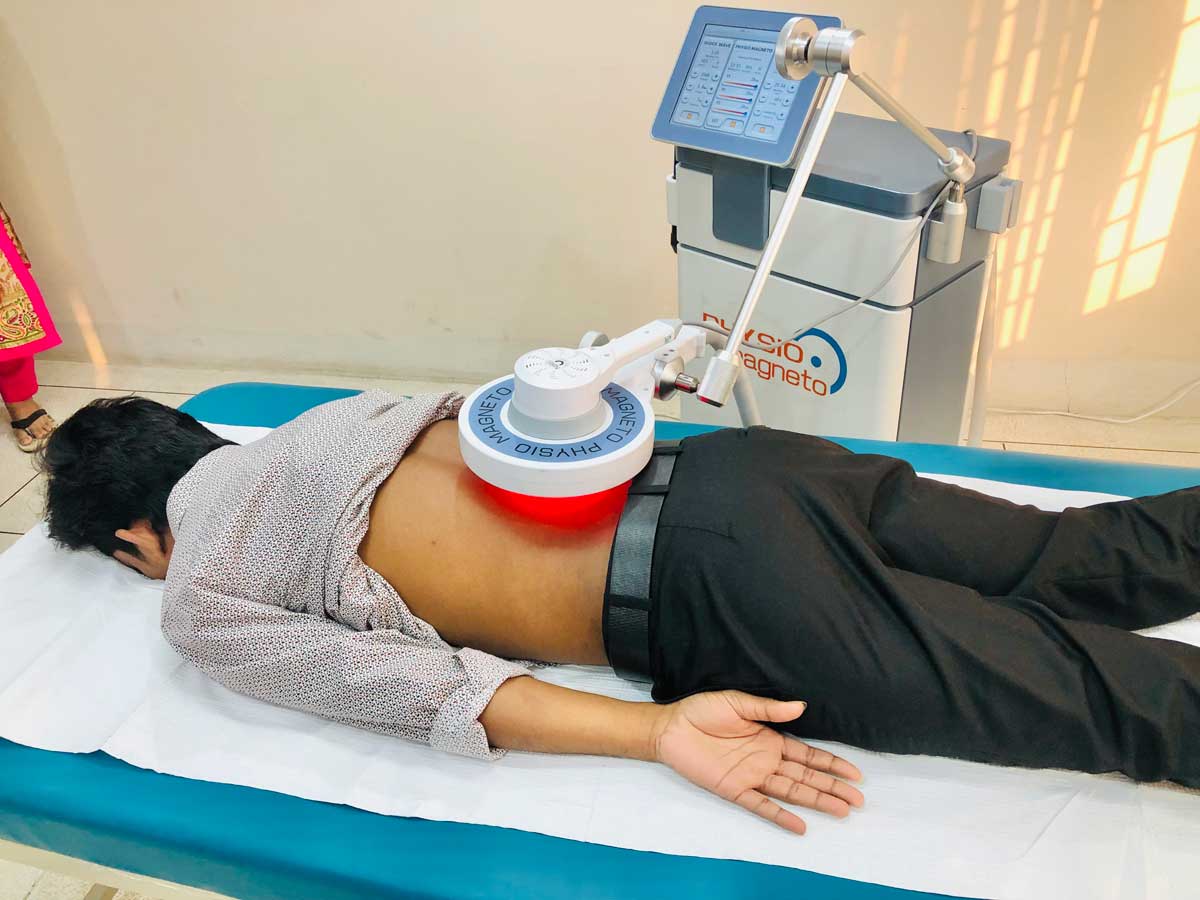
If you experience chronic lower back pain, it is essential to seek medical attention promptly, as early diagnosis of Lower Back Pain management can help prevent it from becoming a long-term issue.
Muscle Strain or Injury:
Repetitive movements or overuse can lead to strain or injury in the muscles and ligaments of the lower back.
Arthritis:
Arthritis is a frequent cause of lower back pain, particularly among elders.
Herniated Discs:
This occurs when the soft inner material of a spinal disc bulges out and puts pressure on the surrounding nerves.
Poor Posture:
Prolonged poor posture can put stress on the lower back muscles and cause pain.
Degenerative Conditions::
Degenerative conditions like osteoporosis or spinal stenosis can also cause lower back pain.
Lower Back Pain Treatment Options
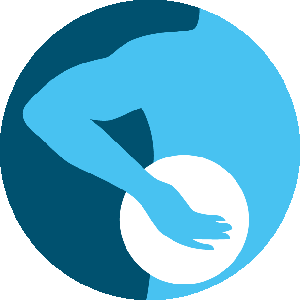
Manual Therapy:
Extracorporeal Shockwave Therapy
Extracorporeal Shockwave Therapy (ESWT) is a non-invasive lower back pain treatment that uses high-energy shockwaves to reduce pain and stimulate healing. The therapy is given in several sessions and is delivered to the skin surface above the pain site. ESWT is safe for most people and has been shown to effectively reduce pain and improve function in people with chronic back pain. A trained healthcare provider should be consulted to determine if ESWT is the right treatment for your condition and to ensure safe and effective Back Pain Treatment. The Vision Physiotherapy Center in Banani offers the best treatment for back pain. Their experienced physiotherapists use the latest techniques to alleviate pain and improve mobility
Exercises Therapy:
Electromagnetic Field Therapy for Pain Relievers
Electromagnetic field therapy, also known as PEMF, is a non-invasive Back Pain Treatment in Bangladesh that uses low-frequency electromagnetic fields to reduce pain and improve healing. PEMF therapy is usually given in several sessions and may be combined with other treatments like physical therapy for better results. PEMF is considered safe for lower back pain, and has been proven to reduce pain and improve function, but is best determined by a healthcare provider with experience in the treatment. It’s a good option for people who want a non-invasive solution for lower back pain.
McKenzie Approach:
Pulse Intermittent Compression Cold Therapy:
Pelvic Traction
TeCar Therapy
Acupuncture Therapy:
Prevention of Acute Low Back Pain
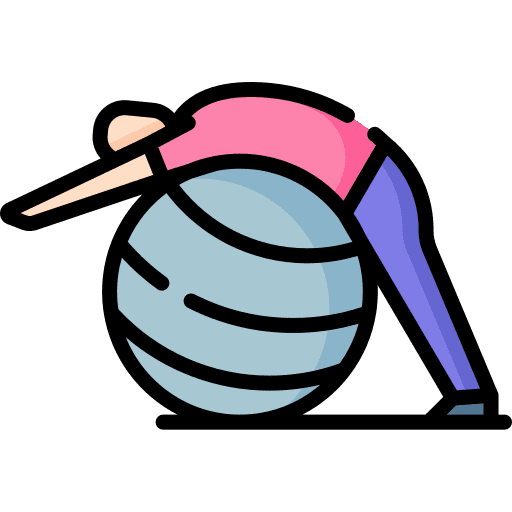
Good posture maintains
Regular exercises
Maintain weight
Sleep well
Avoid long time sitting
Why Do You Come to Vision Physiotherapy Center for Back Pain Treatment?
Looking for effective back pain treatment in Dhaka?
We have high qualified back pain relief specialist physiotherapy team in Uttara. At first, we have to assess, then Discuss with the patient and make a treatment plan, and finally, we treat you. We have electromagnetic field therapy, shockwave therapy, intermittent cryotherapy, acupuncture therapy, etc. We can relieve your pain instantly.

